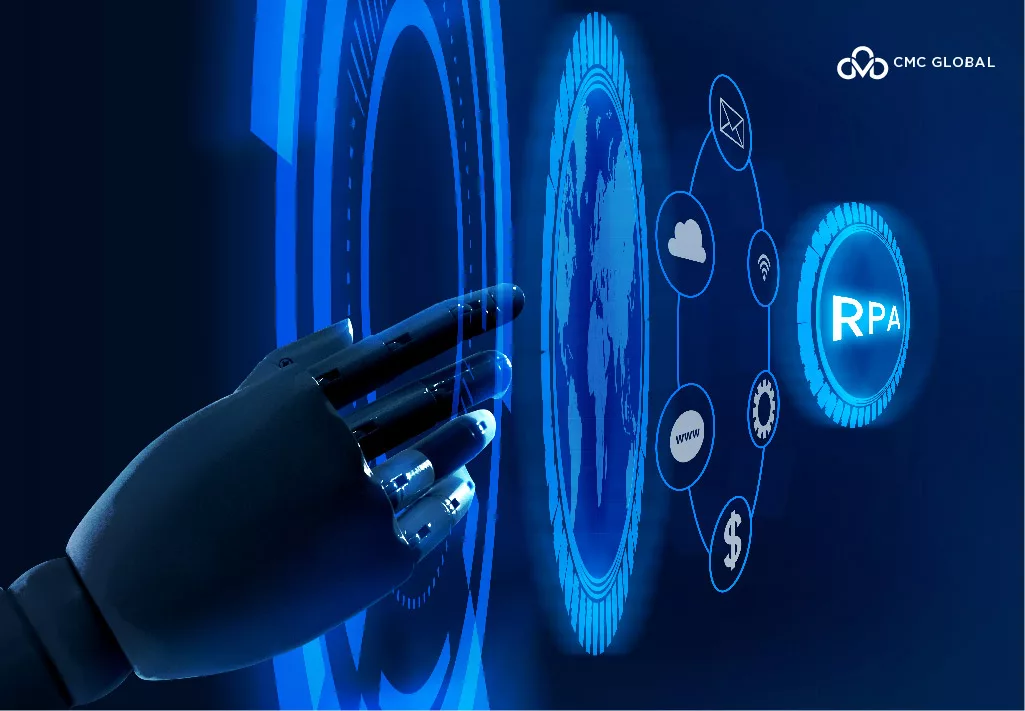In a previous report about the state of AI adoption and its impact on high-performing firms globally, we see that high AI performers who see the most value in their use of AI have reported several strengths that seem to be the reason to set them apart from other respondents. The gap that makes the differences can be found in several aspects.
AI helps overall performance better.
The findings of McKinsey suggest that companies seeing more EBIT contribution from AI actually experience better year-over-year growth overall than other companies. Respondents at high-performing companies are nearly twice as likely as others to report EBIT growth in 2019 of 10 percent or more.
Respondents at AI high performers are 2.3 times more likely than others to consider their C-suite leaders very effective.
AI helps overall leadership better.
Respondents at AI high performers rate their C-suite as very effective more often than other respondents do. They also are much more likely than others to say that their AI initiatives have an engaged and knowledgeable champion in the C-suite.
The gap is reflected in resource commitment to AI.

Responses show that high AI performers invest more of their digital budgets in AI than their counterparts and are more likely to increase their AI investments in the next three years. High performers also tend to have the ability to develop AI solutions in-house – as opposed to purchasing solutions – and they typically employ more AI-related talent, such as data engineers, data architects, and translators, than do their counterparts. They also are much more likely than others to say their companies have built a standardized end-to-end platform for AI-related data science, data engineering, and application development.
The organizations with the highest EBIT attributable to AI were more likely to engage in nearly every practice than those seeing less value from AI. The practices generally slot into 6 categories:
- Strategy
- Talent and leadership
- Ways of working
- Models, tools, and technology
- Data
- Adoption
But a few practices are adopted at about the same level by all companies: for example, using test-and-learn methodologies to run rapid iterations in AI initiatives, putting processes in place to capture business feedback, and defining clusters of AI use cases in priority business units, functions, or other areas of business activity.
In need of AI Consulting & Implementation? Check us out!
Practices that differentiate high-performing companies from others
6 sets of practices differentiate high-performing companies from others, with a subset adopted much more often by these leaders are:
Not below are the share of respondents reporting their organizations to engage in each practice, % of respondents

While over 60% of Senior management in high-performance companies are fully aligned and committed to the organization’s AI strategy, only 34% of the rest believe so. Other criteria such as:
- Prioritizing AI initiatives linked to business value
- Having a clearly defined AI vision and strategy
- Developing and managing an extensive range of AI ecosystem partnerships
- Aligning with the broader corporate strategy
One of the most remarkable patterns we see in these findings is the adoption of core practices among companies capturing value from AI. There really is a playbook for success. It’s encouraging to see a larger proportion of organizations this year doing more in foundational areas, but many still are not. We see companies, for example, still spending disproportionate time cleaning and integrating data, not following standard protocols to build AI tools, or running shiny object analyses not tied to business value.

When it comes to the human source, the gap appears to be the largest as 40% of Tech professionals develop AI skills through tailored curriculums by role and progress along defined career trajectories. In comparison, only 15% of the low performers have similar chances.
The four other criteria have the same 13 – 15% gap, including:
- An appointed, the credible leader is empowered to collaborate with peers across business units and functions to move AI initiatives forward.
- Strong, centralized coordination of AI initiatives is balanced with close connectivity to end users in the business.
- AI talent is effectively recruited and onboarded.
- The type of AI talent needed (eg, by role and skill level) to support AI initiatives is understood.

It’s also striking that some of the biggest gaps between AI high performers and others aren’t only in technical areas, such as using complex AI-modeling techniques, but also in the human aspects of AI, such as the alignment of senior executives around AI strategy and adoption of standard execution processes to scale AI across an organization.
An AI playbook for success
Finally, we see a theme in these results that we see in much of our work with companies: higher performers develop or heavily customize their AI capabilities in-house. Many executives now realize that AI solutions typically need to be developed or adapted in close collaboration with business users to address real business needs and enable adoption, scale, and real value creation. As a result, we see companies increasingly developing a bench of AI talent and launching training programs to raise the overall analytics acumen across their organizations.




